Dragon Ball has had a storied history since the first manga chapter was published in 1984. This is a franchise that extends far beyond Super Saiyans, power levels, and villains whose ashes literally need to be obliterated from existence for them to actually die. Any series that’s run as long as Dragon Ball has gone through several phases. Although the original manga was simply titled Dragon Ball, Toei Animation chose to split their adaptations up.
In addition, the anime extended into an official sequel in the form of Dragon Ball GT. Even without Toriyama’s involvement, Dragon Ball has been continuously pumping out new content for years. The video games took the place of the anime as the “main” product for a time, but Dragon Ball Super and the newest film Super Hero have ensured that the series’ anime is here to stay.
Updated on April 18th, 2023 by Casey Coates: This list has been updated to match CBR’s current publishing style and to include more information regarding Dragon Ball’s many adaptations.
1 Dragon Ball (1986 – 1989)
153 Episodes, 7 Story Arcs
Simply titled Dragon Ball, the series’ original anime adaptation is arguably the best of the bunch. Not only does the anime adapt its story arcs far better than Dragon Ball Z, but Dragon Ball also doesn’t suffer from nearly as much inconsistent animation or awkward filler. Dragon Ball’s filler contributions tend to add depth to the main story, expanding on what was already present in the manga.
Interestingly, Dragon Ball’s shift into Dragon Ball Z can be traced back to the 23rd Tenkaichi Budokai, when most of the staff that would eventually make up DBZ started working on the series. In terms of pacing, the 23rd Tenkaichi Budokai is much slower than everything that came before, really getting the most out of every single moment. While this style of pacing would later become a massive problem for Dragon Ball Z, it gives DB’s last tournament some added gravitas.
2 Dragon Ball Z (1989 – 1996)
291 Episodes, 5 Story Arcs
In many respects, Dragon Ball Z is just a continuation of Dragon Ball. The first episode aired one week after its predecessor’s last, and DBZ’s introductory episode was even scripted as a Dragon Ball episode rather than Dragon Ball Z Episode 1. The opportunity to rebrand helped pump lifeblood into the anime’s staff, budget, and popularity. For as messy as Dragon Ball Z gets, there’s a reason DBZ is overwhelmingly popular.
Beyond the occasionally excellent adaptations of Toriyama’s fight choreography (and the outstanding performances from the Japanese cast), Dragon Ball Z opens with Toei’s best effort as far as Dragon Ball goes: the Saiyan arc. This is a near-perfect adaptation that reaches movie-quality animation during the fight between Goku and Vegeta. Dragon Ball Z made a statement early on that it was larger than life. Although only covering five story arcs and one filler arc, Dragon Ball Z would go on to be the longest-running Dragon Ball anime.
3 Dragon Ball GT (1996 – 1997)
64 Episodes, 3 Story Arcs
In spite of the series’ waning popularity following the end of the manga, Toei went ahead with one last sequel series: Dragon Ball GT. Completely rooted in new material, GT would be an anime-only follow-up to the Buu arc. It’s worth noting that while GT is not canon to the main series, it is canon to the original anime’s continuity. Toei’s original animated canon for Dragon Ball consisted of the first Dragon Ball adaptation, Dragon Ball Z, and finally Dragon Ball GT.
The last episode of DBZ even transitions directly into the first episode of GT with a next episode preview at the end of the former, just like the transition from Dragon Ball into Z. Dragon Ball GT was fairly unpopular at release and remains disliked within the fandom, even if its reputation has improved slightly within recent years. Uninspired, derivative, and generally filled with lackluster fight choreography, Dragon Ball GT was a lousy note to end the series’ anime continuity on.
4 Dragon Ball Kai (2009 – 2011)
167 Episodes, 3 Story Arcs
Coinciding with Dragon Ball Z’s 20th anniversary, Toei decided to recut DBZ to be more in line with Akira Toriyama’s original manga. Kai sports re-edited scenes, a lower episode count, a brand new score by Kenji Yamamoto, and some decent performances from the cast. Some of this is really hit or miss depending on the arc, but Kai makes for a much brisker digestion of Dragon Ball Z.
Fans will miss out on a lot of what made Dragon Ball Z the anime such a great experience, but Kai offers a nice reinterpretation of Z’s first three story arcs, notably making the Frieza arc actually bearable in animated form. The Saiyan arc isn’t quite as good, but the rescore arguably suits this portion of the story better, and Kai ending at the Cell arc is a fine resolution.
5 Dragon Ball Kai: The Final Chapters (2014 – 2015)
69 Episodes, 1 Story Arc
On the whole, Kai: The Final Chapters is a disappointing follow-up to the original Dragon Ball Kai. While Kai was by no means perfect, including filler that very easily could have been cut at times, it at least had a clear vision and didn’t have a green tint adulterating the entire screen. With Kenji Yamamoto fired, The Final Chapters also suffers from a painfully generic score.
The Final Chapters does not cut enough to justify its existence. The animated Buu arc still feels quite bloated, and the Japanese version features worse performances in general. If nothing else, the English dub is actually quite good and follows in Kai’s footsteps, so there’s plenty of merit in watching both Kai and The Final Chapters in English.
6 Dragon Ball Super (2015 – 2018)
131 Episodes, 5 Story Arcs
No one could have possibly expected Dragon Ball Super to suddenly end with the Tournament of Power. While there’s been more canon animated content in the form of Dragon Ball Super: Broly and Super Hero, the manga has essentially taken over the reins as the main property, covering three whole story arcs since the ToP. Still, Dragon Ball Super is quite an interesting series in its own right. Plagued by scheduling problems, DBS’ early run was generally terrible and a disappointment to many fans.
Starting with the Goku Black arc, however, Super brought in a good bit of Dragon Ball Z’s tension. By the time the Tournament of Power hit, Dragon Ball Super seemed to be in legitimately good shape production-wise. While the anime suffers narratively, Super manages to ground itself better within the context of the series. Even when Super drops the ball with plot and character development, there’s almost always a slice-of-life episode around the corner to remind fans why they love Dragon Ball — the characters.
7 Super Dragon Ball Heroes (2018 – Present)
46 Episodes (Ongoing), 7 Story Arcs
Dragon Ball Super may be over, but Super Dragon Ball Heroes has been keeping the animated side of the franchise busy since 2018. At only around 6 minutes long, it’s important to recognize that Super Dragon Ball Heroes’ episodes are a different breed — they tell a story, but really only for promotional purposes.
That said, Super Dragon Ball Heroes manages to bust out some good animation on rare occasions, and the sheer frenzy of the plot is honestly kind of fun to indulge in. This is an anime that goes balls-to-the-wall and understands that it can do pretty much whatever it wants, whenever it wants. There’s merit in that for a series like Dragon Ball.
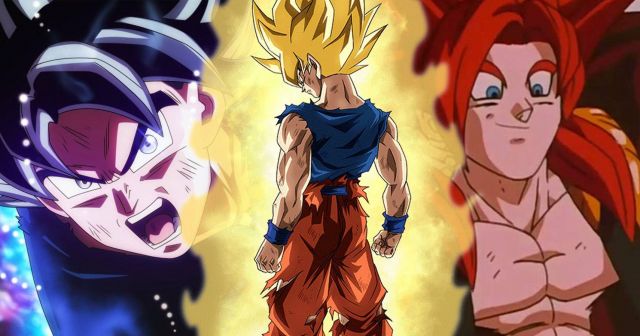
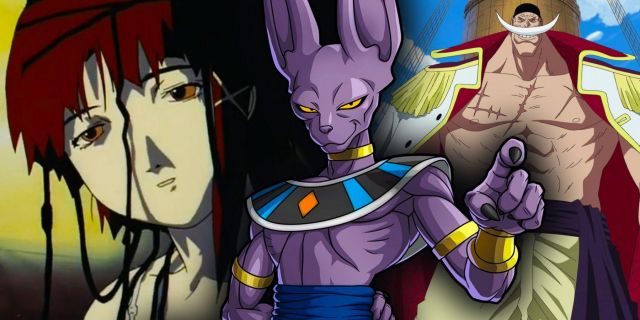


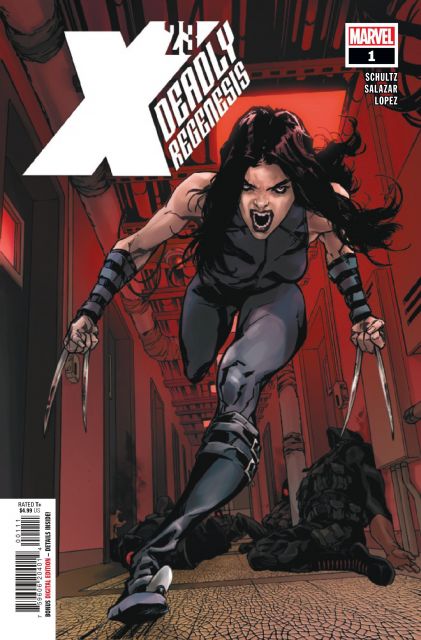
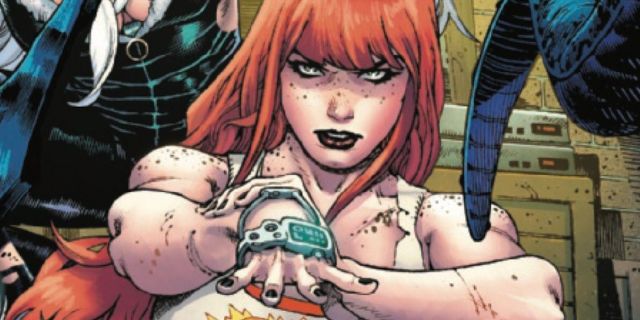
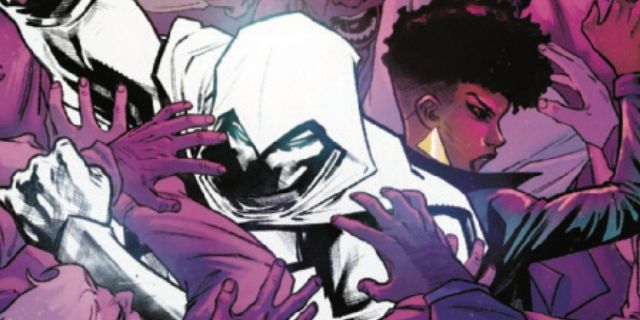


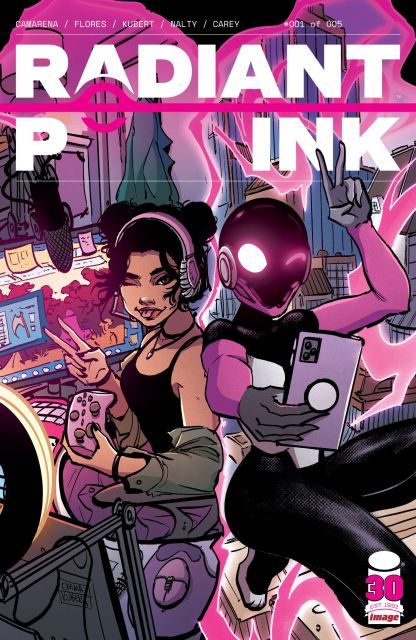





Leave a Reply